Fear of Visible Anxiety Symptoms: What to Do?
Have you ever been in a social situation and started feeling insecure about the way you were coming across?
Maybe you worried you would say something stupid, seem shy or boring, or you simply worried about being rejected.
While concerns like this are pretty common and even adaptive in many situations, in some people they are excessive.
We speak of social anxiety disorder (SAD) when the individual’s quality of life is drastically impacted by these excessive concerns.
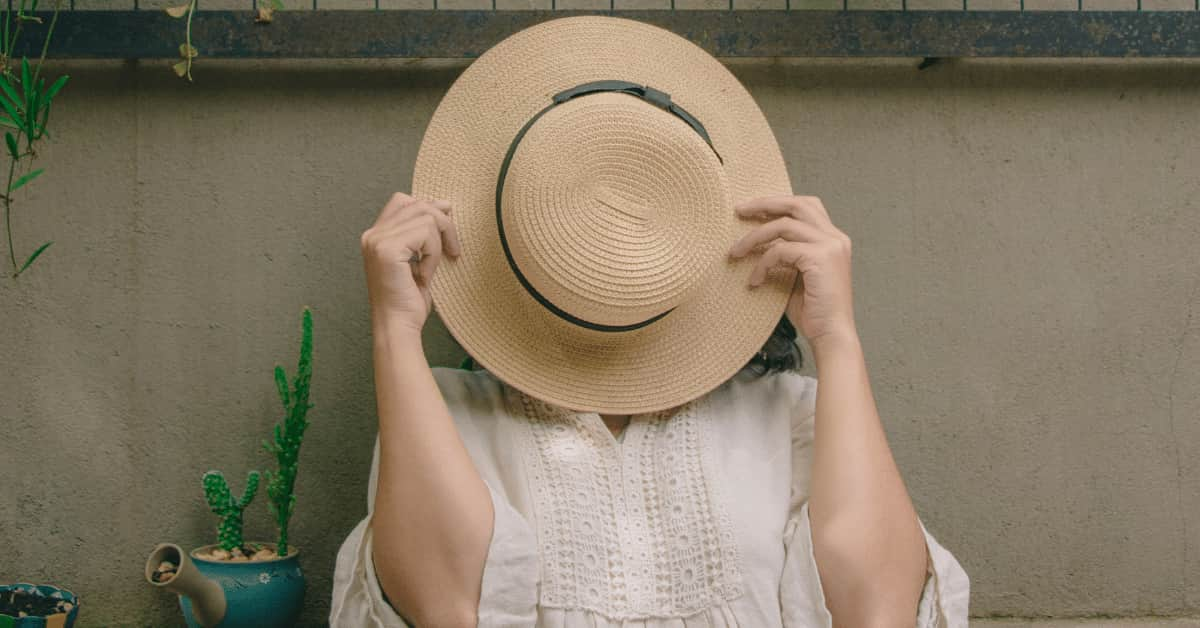
The Physical Symptoms of Social Anxiety
For many people with SAD, the fear of doing or saying something stupid is not the only reason they fear being rejected.
Frequently, the physical symptoms of social anxiety resulting from their excessive worries add an extra layer to the problem.
Not only are these physical symptoms uncomfortable when they occur in a social setting, but people with SAD often fear that they will be judged negatively because of them.
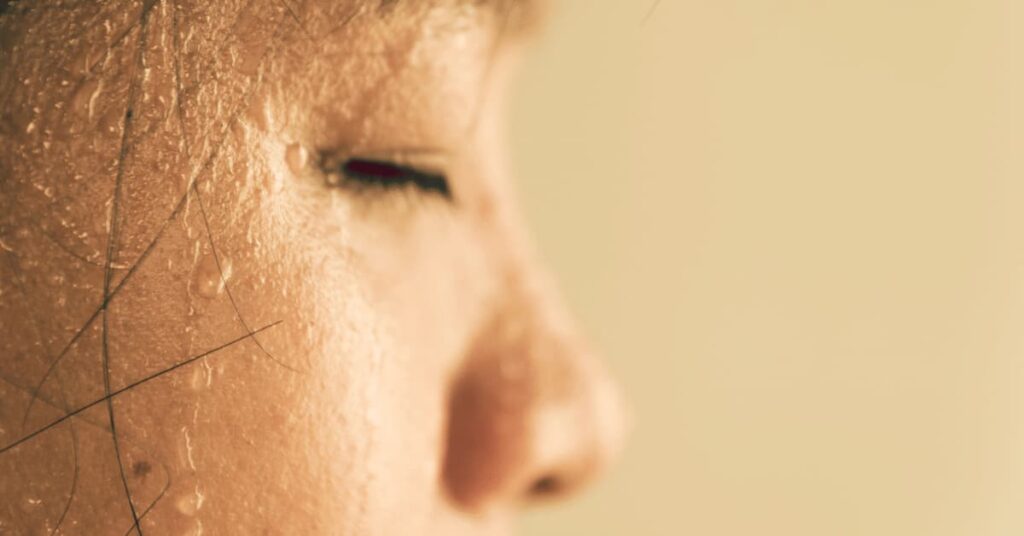
Thus, a secondary manifestation of social anxiety can become the person’s primary problem area.
Let’s consider, for example, a person who is afraid of blushing.
An Example: Erythrophobia & the Fear of Blushing
Blushing is a normal and common physical reaction related to feelings of shame. When we feel that we have violated social norms, many of us react by blushing in our faces.
Let’s say you ask a woman in which month she is pregnant, and she answers that she is actually not pregnant. Ouch!
Yip, a blush on your face, a quick “excuse me” and a change of subject might be the right thing to do in this situation.
Your physical reaction signals to your counterpart that you are aware that you were rude and that you didn’t mean it. It is an adaptive response because it is designed to secure your relationships with others.
However, in the case of the fear of blushing, also called erythrophobia, the physical reaction has become counterproductive.
The person is ashamed not of an objective violation of social norms, but of the blushing itself.
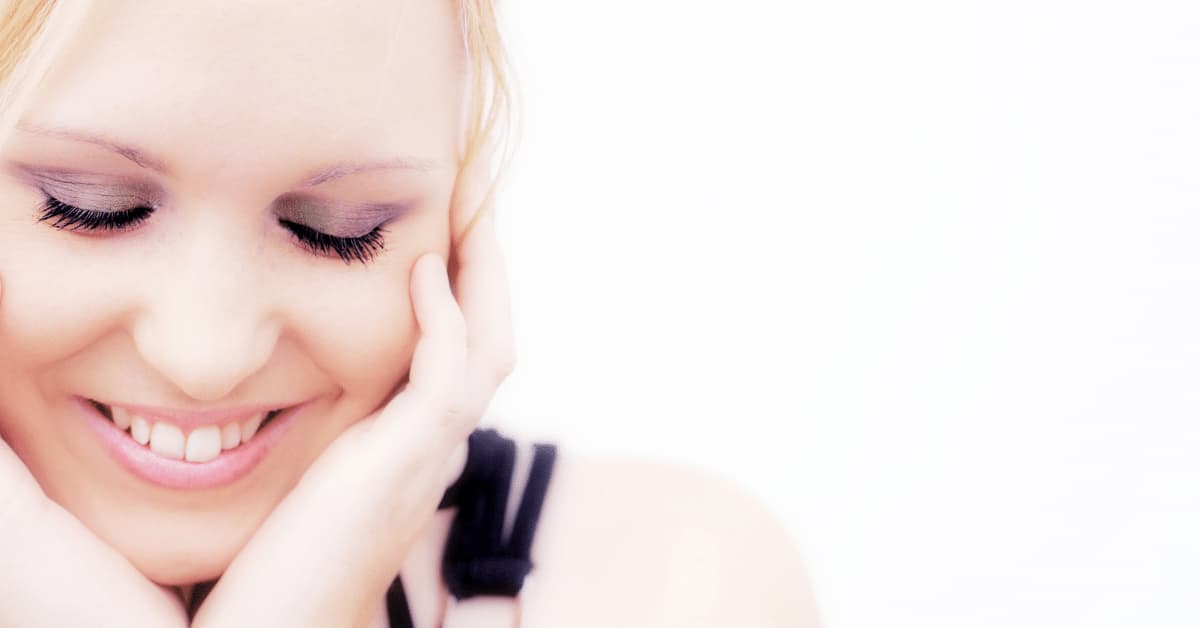
Logically, this leads to a fear of blushing. Our person begins to pay excessive attention to their physical reactions.
“Does my face feel hot?“, “Am I blushing right now?” – Questions like these keep popping up in their head.
If they answer yes to these questions, a negative feedback loop is set in motion. A feeling of shame arises, which only provides more reason for shame, and the vicious circle is closed.
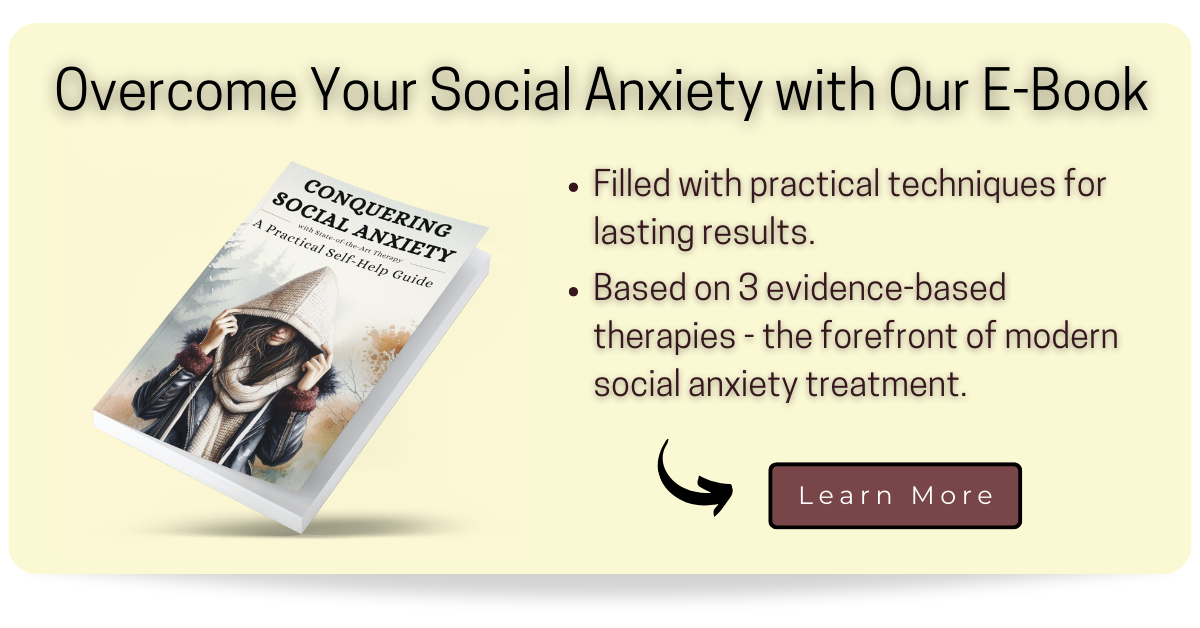
Physical Symptoms of Social Anxiety: A Proof of Insecurity?
However, this does not only apply to blushing. Any physical symptom, such as sweating, trembling, palpitations, etc., can be a cause for concern for a person with social anxiety.
What they all have in common is that the person believes that others may reject or look down on them because of these manifestations.
When asked what these physical symptoms mean to them, sufferers usually say that they are evidence of their insecurity, awkwardness, or inferiority. Perfectionistic standards play an important role here. Even more important, however, is the attempt to combat these reactions.

What happens when you are afraid of being anxious in social situations? That’s right, you pay attention to your inner state. You try to recognize every sign of anxiety.
What You Resist, Persists
As soon as you do, you switch into emergency mode. “I’m scared in a social situation, this is dangerous.“
When this is the mindset, attempts to counteract the fear usually follow. Paradoxically, these attempts usually lead to a reinforcement of the fear.
The same is true for blushing, sweating, a racing heart, or any other physical reaction that people actively try to avoid and suppress.

Carl Gustav Jung once famously said, “What you resist, not only persists, but will grow in size“.
Understanding this counterintuitive thought represents one of the most important insights and steps in psychotherapy for many people with social anxiety.
The realization that desperate attempts to combat the physical reactions of anxiety not only do not help, but also jeopardize a person’s social performance, experience, and appearance is crucial.
This is especially true for people who focus on the secondary, physical manifestations of their social anxiety.
So how can you deal with the physical symptoms of anxiety?
The answer may not satisfy you at first, but think about it: Maybe you don’t have to deal with them at all. If you can’t control them, you might as well accept them.
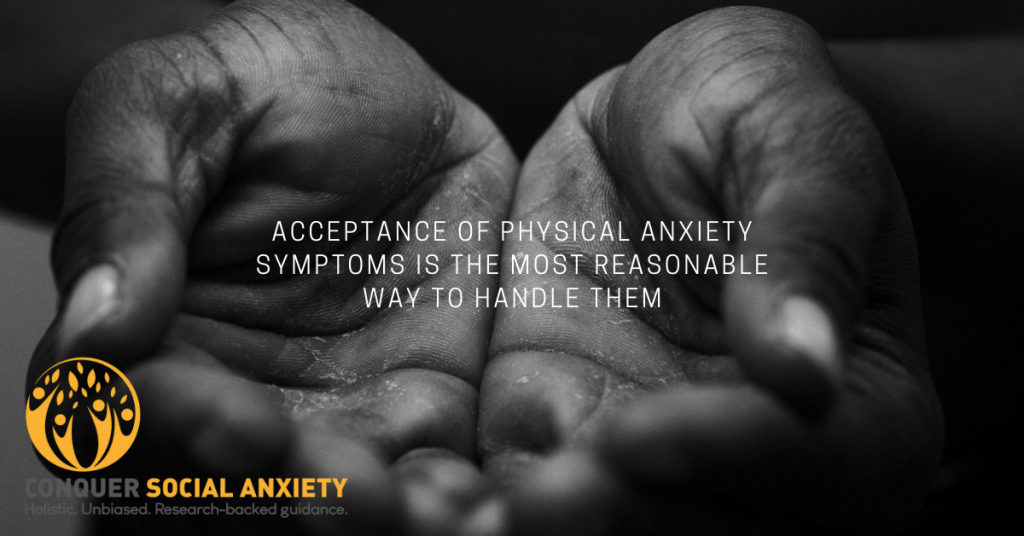
Of course, that’s easier said than done. But with practice and perseverance, it’s entirely possible.
And if you really accept them, you might experience the side effect of not having these physical reactions at all.
So try to allow your physical symptoms to occur and be there.
If you don’t fight them, you won’t reinforce them further and you won’t be busy fighting a war you can’t win.
Instead, you can focus on the current social situation and actively participate in it.

Conclusions
- If you fear showing physical symptoms of social anxiety, resist the urge to fight and control them.
- When your attention is focused on your inner and physical sensations in social situations, direct your attention to what is happening around you, the conversation, the task at hand, and so on.
- Inner statements and mantras that encourage you to accept the physical reactions of anxiety (“I accept that my heart is racing and resist the urge to fight it“) can be helpful.
- Don’t pursue the goal of not showing physical symptoms in social situations – this intention will jeopardize your social experience. Instead, consciously allow these manifestations to occur.
If you want to actively work on your intention to accept your physical symptoms of social anxiety, you can try our guided acceptance meditation, designed specifically for this purpose.
Click here to go to our article on meditation for social anxiety, and look for the subheading “Guided Acceptance Meditation for Social Anxiety Symptoms” to give it a try.
Also, do not miss out on our free 7-day email course.
It will help you gain insight into your triggers and symptoms, learn practical tools for both short-term and long-term anxiety relief, and get on the path to a happier, more confident you with expert guidance.
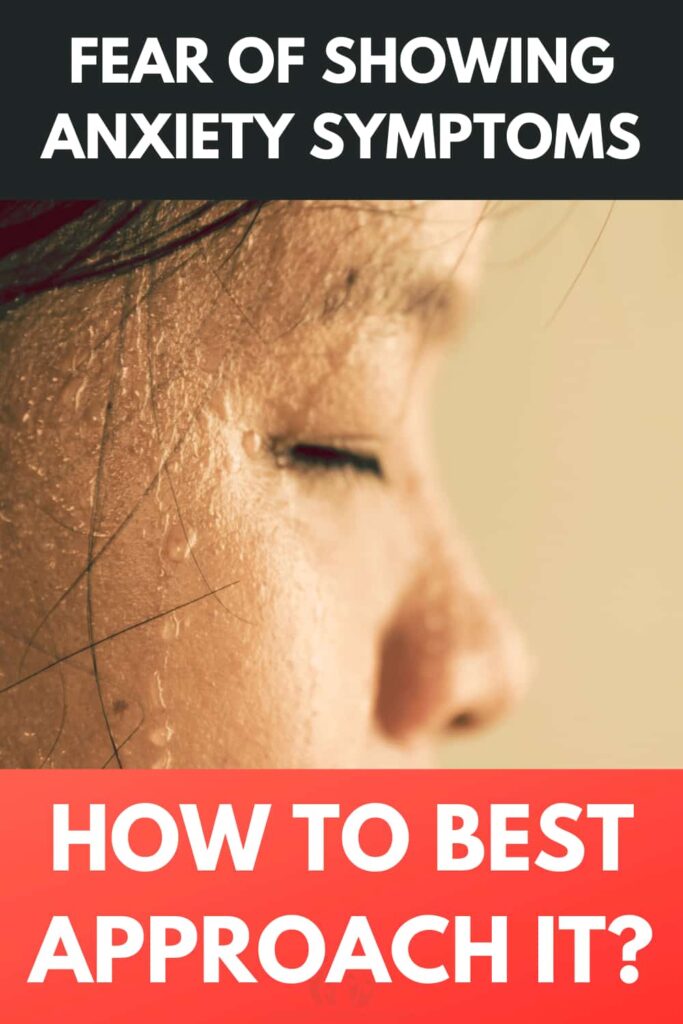
Pin | Share | Follow
[DISPLAY_ULTIMATE_SOCIAL_ICONS]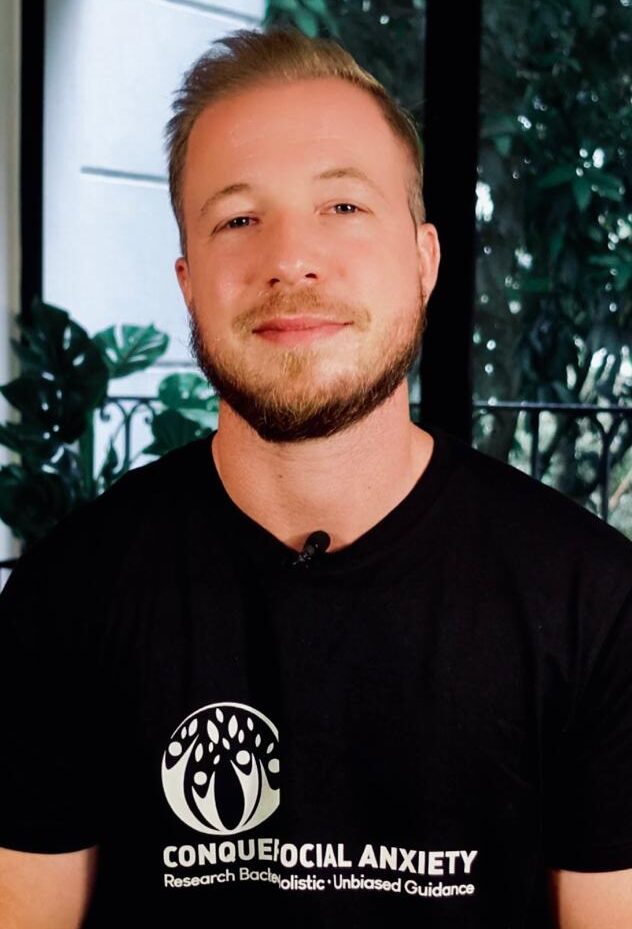
About the Author: Martin Stork
Martin is a professional psychologist with a background in physical therapy. He has organized and led various support groups for people with social anxiety in Washington, DC and Buenos Aires, Argentina. He is the founder of Conquer Social Anxiety Ltd, where he operates as a writer, therapist and director. You can click here to find out more about Martin.
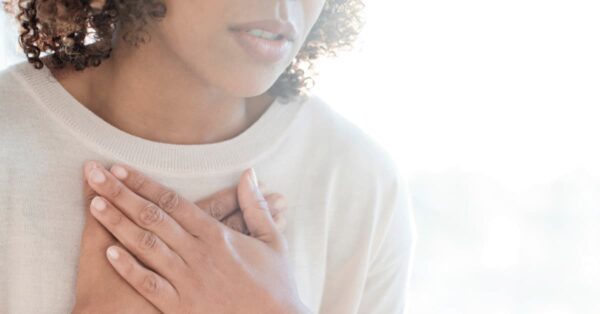

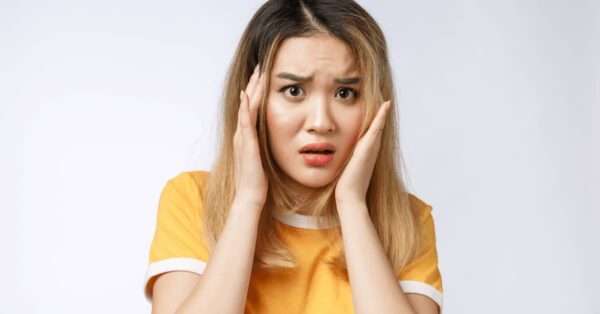


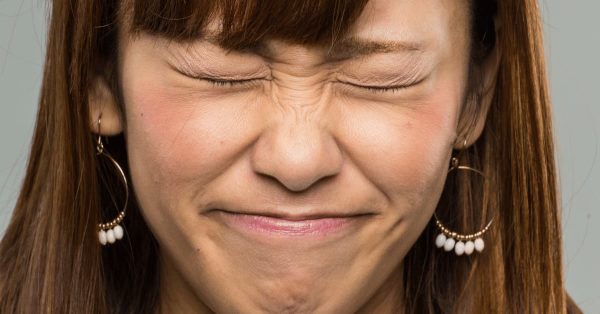

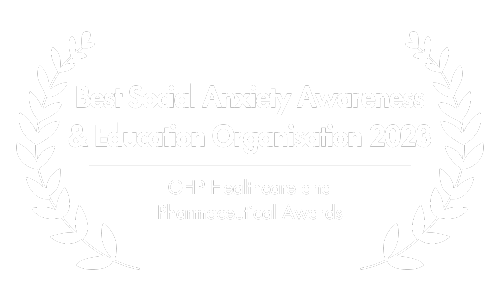

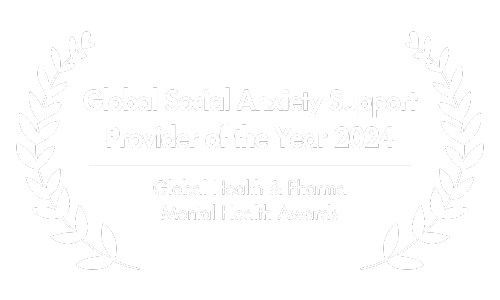


This piece is realy helpful, for some time now, I have been looking for ways to get materials on this, but my efforts have been futile. However stumbling on this, I must say that it has realy been helpful to me. Thank u so much.
We are glad to hear you find it helpful! The physical symptoms of social anxiety are often overlooked. The more recent approaches that are based on ideas from mindfulness address them much more effectively. Stay tuned for more on this. Cheers!